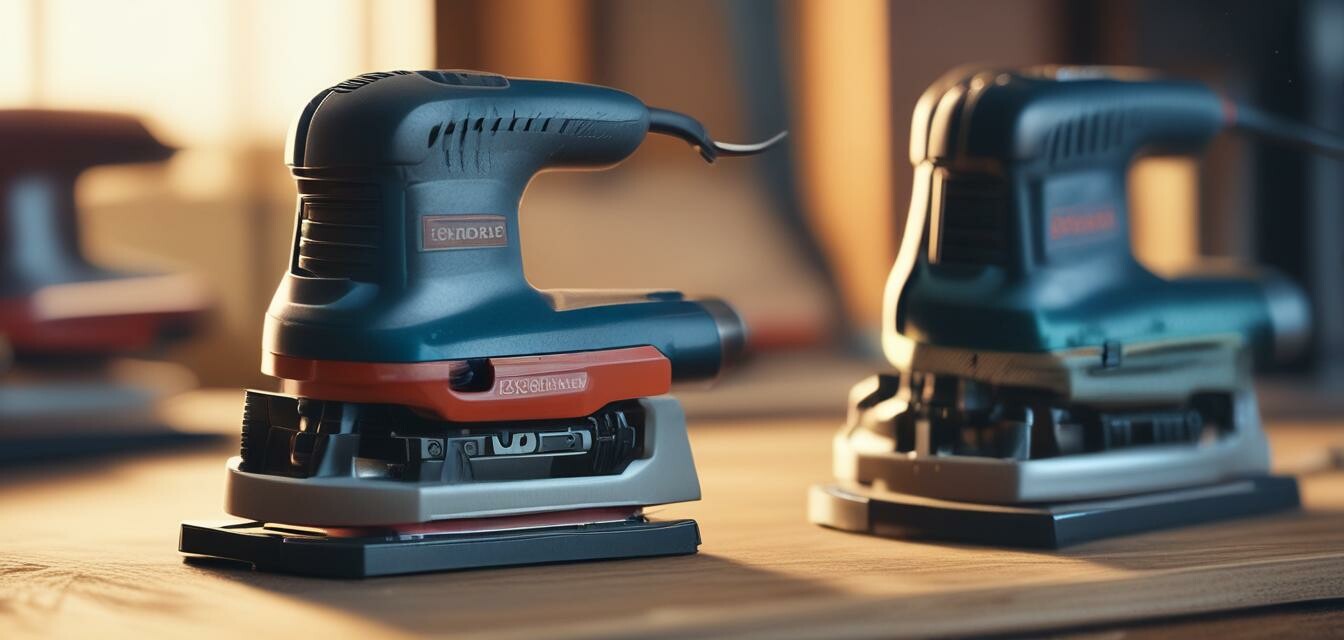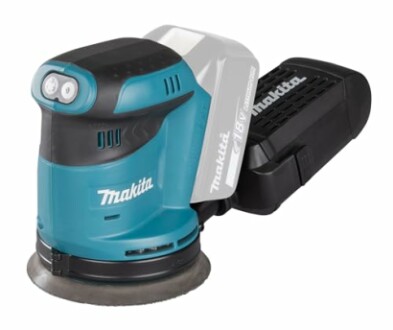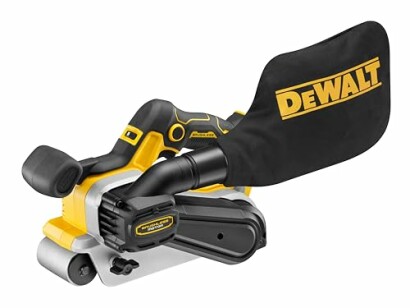
Top Sanders for Professional Finish
Key Takeaways
- Choosing a sander depends on the type of project and finish needed.
- Battery-powered sanders provide mobility and convenience.
- Consider features like speed settings, dimensions, and weight for optimal performance.
- Check the warranty and accessories included with your tool.
Sanding is essential for achieving a sleek and polished finish on surfaces, whether you're working on furniture renovation, home improvement projects, or professional craftsmanship. The right sander can significantly enhance the quality of your finish while saving time and effort. This guide will explore some of the top sanders available on the market, comparing their features, benefits, and best uses to help you make an informed choice.
Understanding Different Types of Sanders
When choosing a sander, it's important to understand the various types available and their ideal applications:
- Orbital Sanders: Great for finishing work, providing a smooth surface.
- Belt Sanders: Efficient for removing material quickly, ideal for rough surfaces.
- Detail Sanders: Perfect for intricate work and tight corners.
- Random Orbital Sanders: Combines both circular and random movements for a fine finish with less swirl marks.
Top Sanders Comparison
| Product | Type | Voltage | Weight | Dimensions | Speed Settings | Features |
|---|---|---|---|---|---|---|
| Makita DBO180Z 18V Li-Ion LXT Sander | Orbital Sander | 18 Volts | 1.3 kg | 17.5L x 12.3W x 15.3H cm | 3 Speed Settings | Pad brake, hook and loop paper fastening |
| DEWALT DCW220 18V XR Cordless Belt Sander | Belt Sander | 18 Volts | 3.0 kg | 75 x 533 mm | Fixed Speed | Belt Speed: 320 m/min |
Makita DBO180Z 18V Li-Ion LXT Sander
Makita DBO180Z 18V Li-Ion LXT Sander
This powerful sander features three-speed settings and a pad brake, making it versatile for different surfaces while ensuring a professional finish.
Learn MoreDEWALT DCW220 18V XR Cordless Belt Sander
DEWALT DCW220 18V XR Cordless Belt Sander
Known for its efficient belt speed, this sander makes quick work of smoothing surfaces while providing convenient cordless operation.
Learn MoreBuying Guide: What to Consider When Choosing a Sander
Feature Considerations
- Power Source: Opt for cordless models for mobility or corded for consistent power.
- Weight: Heavier models might provide stability, but lightweight options are easier to handle.
- Speed Options: Different projects require different speeds, so adjustable settings can be beneficial.
- Warranty: A good warranty can protect your investment.
Tips for Optimal Use
Beginner's Tips
- Always start with a coarser grit and progress to finer grits for the best finish.
- Keep your sander moving to avoid gouging the wood.
- Use dust extraction to maintain a clean workspace and improve your visibility.
Conclusion
Choosing a sander that fits your specific project needs can vastly improve the quality of your work. Both the Makita DBO180Z and DEWALT DCW220 offer advanced features tailored for professionals and DIY enthusiasts alike. By understanding their characteristics and comparing options, you can ensure that your next sanding job delivers exceptional results.
Pros
- High-quality finishes with various grit options.
- Battery-powered options for portability.
- Easy to handle with adjustable speeds.
Cons
- Battery life can impact usability for larger projects.
- Some models may be heavier and less portable.
For more insights on choosing the right tools, be sure to check our Buying Guides. Dive deeper into specific types of tools with our detailed resources on Battery-Powered Sanders and Cordless Drills.

